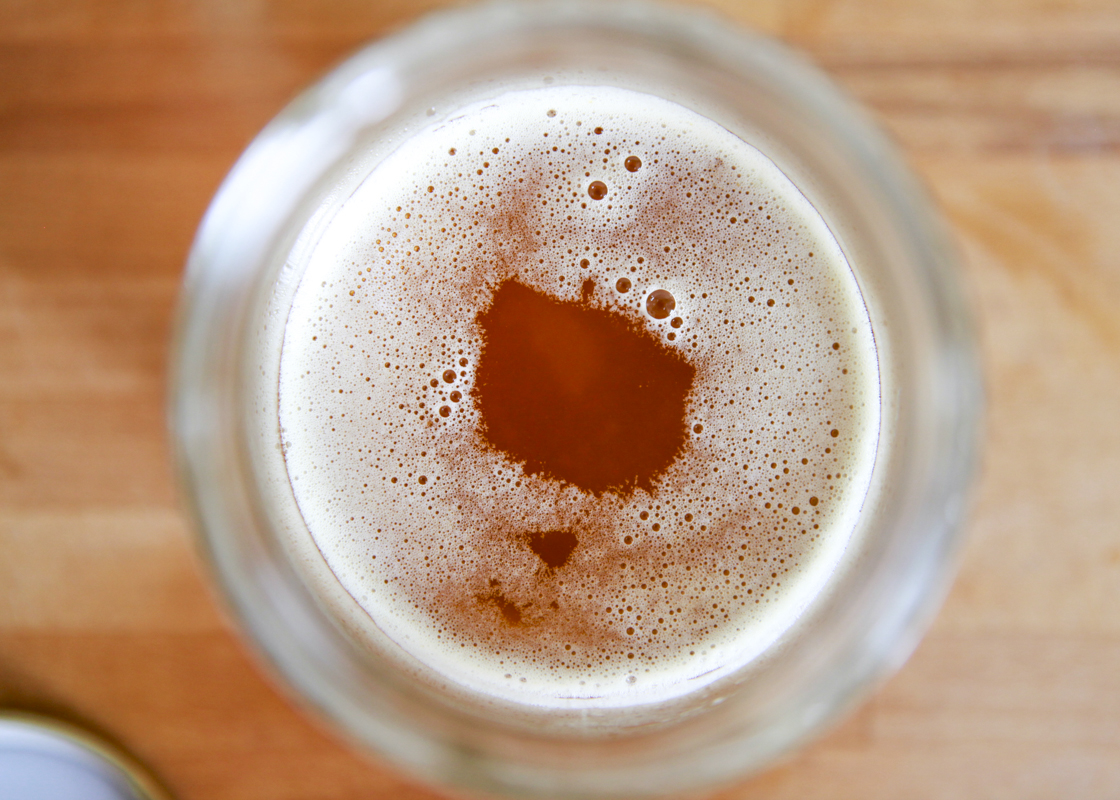In decades past, it’s become a four-lettered-word. A shame considering fats are crucial to a number of our body’s processes, not least the absorption and assimilation of the fat-soluble vitamins, A, D, E and K, the absorption of minerals, and the signaling of the brain’s “satiety” response, or, in other words, the feeling of being full when we actually are full.
So, if fat’s actually good for us, how is it that it’s gotten such a bad name?
Alas, not all fats are created equal.
In fact, certain fats have strayed so far from their inherent “goodness” that they have, indeed, gone “bad”, becoming host to single atoms/clusters with unpaired electrons or free radicals. Free radicals are extremely chemically reactive and cause damage in our DNA/RNA strands that triggers mutations in our tissues, blood vessels and skin. These mutations pave the way for tumor-growth in our tissues and organs, plaque build-up in our blood vessels, and wrinkles and premature aging in our skin. (Fallon 10).
Free radicals are the product of oxidation which occurs when a fat, particularly an “unstable” one, is subject to oxygen, moisture, and/or heat during cooking or processing. (Fallon 10). The three types of fat–saturated, monounsaturated, and polyunsaturated–range in their stability; polyunsaturated fats are the least stable and thus the most susceptible to oxidation, saturated fats are the most stable and monounsaturated fats fall somewhere in between.
Oxidation is the reason why you’ve heard that cooking with olive oil–a monounsaturated fat–is bad news and why everyone’s been whipping out the coconut oil. However, for many of us in the Northern Hemisphere, coconut oil’s traveled quite a distance to reach our kitchens and our most sustainable option is butter, or as one Irish poet terms it “coagulated sunshine.”
Indeed, much like in the case of the egg yolk, milk fat is comprised of sun energy, grass transformed by grazing cow, scattered as microscopic fat globules in cream. These globules are damaged by churning which causes them to coagulate and form that slightly tangy, slightly sweet, greatly comforting mound we call beurre. (McGee 33).
Of course, butter is not solely milk fat and is, in fact, only 40-60% saturated. It also consists of water and easily singed milk solids, making it a lesser option for cooking on high heat. So then, what to use when frying an egg or carmelizing an onion? Simple: butter in its brighter form, or ghee.
A derivative from Sanskrit for “bright”, ghee is butter without its water and milk solids, butter that’s been clarified, or rather, 100% pure, saturated milk fat. This fat is so stable, so resistant to oxidation that it can keep, without refrigeration, for up to eight months. A symbol of purity revered in India by cooks and brahmans and brah-womans alike, this bright butter is a loving addition to any cast-iron pan.
Note: The quality of butter is highly dependent on the quality of life of the cow. A high quality of life–access to young grasses in the summer and properly stored grasses in the winter, clean water and fresh air, space to roam and to sunbathe–begets a high-vitamin milk. Cows raised on inappropriate feed–rancid grains, proteins they are not able to digest such as soy and corn–, with limited if any access to pasture, to sunlight, to cow-life as nature intended produce milk that is, virtually, nutrient-dead. This is why processed milk, much like processed bread, must be fortified with vitamins.
Ingredients
- 1lb unsalted, cultured butter
Directions
- Place butter in heavy-bottomed saucepan. Melt on medium-low heat. Let simmer until butter has melted and a creamy, yellow foam begins to rise to the top: this foam is the water content of your butter.
- Raise the temperature to medium-high to brown the milk solids. This adds flavor as well as creates antioxidant compounds that delay the onset of rancidity. You’ll hear a sputtering sound as the solids brown.
- Watch your ghee closely, now. Three distinctive layers should form: the golden-brown milk solids, the clear, golden fat, and the creamy, golden foam. Remove from heat as soon as the sputtering completely stops and when a smell–I can only describe as, well, golden–fills your kitchen.
- Strain through cheesecloth to separate the fat from the milk solids & water & store in glass jar for six-eight months in the fridge or on your shelf.
The timing depends on the water content of your butter. Ghee can take anywhere from 10 minutes to 30 minutes to make. Just don’t wander too far from your stove!
References:
Fallon, Sally, 1999, 2001. Nourishing Traditions. Washington, DC. Newstrends Publishing Inc.
McGee, Harold, 1984, 2004. On Food and Cooking. New York, Scribner.

